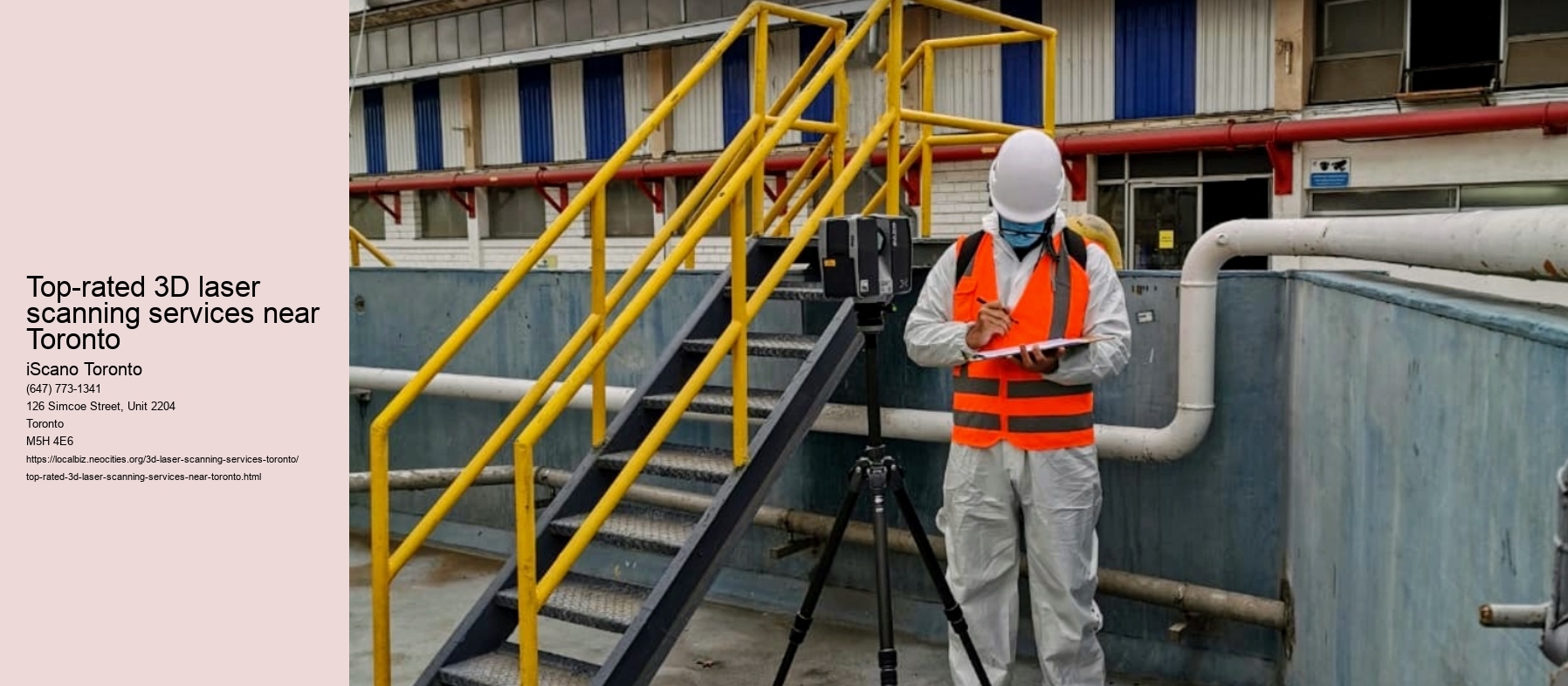Developing the Future: Integrating 3D Laser Scanning Services right into Building And Construction Projects
Advanced 3D laser scanning solutions in Toronto .Intro:
In the ever-evolving landscape of building tasks, accuracy and efficiency have come to be paramount. One modern technology that has become a game-changer in this regard is 3D laser scanning services. By capturing in-depth spatial information of physical frameworks, 3D laser scanning revolutionizes the means building projects are intended, implemented, and took care of. In this short article, we delve into the relevance of incorporating 3D laser scanning services right into building tasks and just how it paves the way for constructing the future.
Comprehending 3D Laser Scanning Services:
Prior to diving into its integration right into construction tasks, it'' s vital to grasp the basics of 3D laser scanning services. Essentially, 3D laser scanning entails making use of high-resolution laser beam of lights to capture the shape and shapes of physical things or atmospheres. These scanners generate precise factor clouds, which are after that utilized to create in-depth 3D designs of the scanned location.
Combination right into Construction Projects:
Currently, allow'' s check out exactly how 3D laser scanning services effortlessly incorporate right into building jobs, reinventing numerous stages of the procedure.
- Pre-construction Preparation:
Throughout the preliminary preparation stage of a building and construction project, accurate site info is vital. Standard checking methods can be taxing and might do not have the level of detail required for detailed planning. Right here, 3D laser scanning radiates by swiftly recording exact dimensions of existing frameworks, topography, and energies. This information provides engineers and designers with an extensive understanding of the website, enabling them to make educated decisions and maximize the layout process.
- Style and Design:
In the style and design stage, 3D laser scanning assists in smooth partnership and visualization. By producing in-depth 3D versions of the site, developers can properly evaluate spatial restraints, recognize potential clashes, and optimize layout components. In addition, these versions work as beneficial interaction devices, enabling stakeholders to envision proposed layouts in the context of the existing atmosphere.
- Construction Implementation:
During the building and construction stage, 3D laser scanning plays a vital function in guaranteeing precision and quality control. By periodically scanning the building and construction site, job supervisors can keep track of progression, verify dimensions, and find inconsistencies from the initial plan. This real-time information enables proactive decision-making, decreases errors, and enhances overall job effectiveness.
- As-built Documents:
Upon conclusion of the construction task, exact as-built documents is important for future upkeep and restorations. Conventional techniques of documenting as-built conditions frequently cause inaccuracies and discrepancies. 3D laser scanning offers an exceptional solution by catching extensive information of the completed framework with exceptional precision. This electronic paperwork serves as a beneficial property for facility monitoring, restoration preparation, and historic preservation.
Advantages of Integrating 3D Laser Scanning Services:
The integration of 3D laser scanning services right into construction jobs supplies a myriad of benefits, consisting of:
- Improved Precision: 3D laser scanning records detailed spatial data with millimeter-level accuracy, reducing mistakes and disparities throughout the job lifecycle.
- Enhanced Efficiency: By improving procedures and facilitating real-time decision-making, 3D laser scanning increases project timelines and minimizes costs.
- Enhanced Safety: With the ability to remotely catch information in unsafe or unattainable areas, 3D laser scanning improves employee safety and lessens on-site risks.
- Comprehensive Documentation: Comprehensive 3D designs and factor clouds work as detailed documentation, facilitating future maintenance, restorations, and historic preservation.
- Boosted Cooperation: By giving stakeholders with graphes of the task website, 3D laser scanning promotes partnership and alignment across teams.
Instance Studies:
To show the substantial impact of incorporating 3D laser scanning services right into building jobs, let'' s take a look at a couple of real-world study:
-
High-Rise Building and construction: In a high-rise building and construction task, 3D laser scanning was utilized to accurately determine existing structures and energies, enabling designers to create around constraints and maximize room application. This led to considerable price financial savings and a streamlined building procedure.
-
Historic Restoration: When remodeling a historical spots, 3D laser scanning was employed to capture in-depth as-built problems, preserving the structure'' s building stability. This digital paperwork assisted in meticulous restoration initiatives and guaranteed conformity with conservation standards.
-
Framework Growth: In a large framework advancement job, 3D laser scanning was utilized to keep track of progress and identify variances from the original design. By recognizing potential problems early, job hold-ups were lessened, and building high quality was promoted.
Conclusion:
In conclusion, the assimilation of 3D laser scanning services right into building tasks represents a paradigm change in the industry. By providing unparalleled precision, performance, and documentation abilities, 3D laser scanning leads the way for building the future of building and construction. As modern technology continues to progress, embracing innovations like 3D laser scanning will certainly be essential for staying in advance in a significantly open market.
By maximizing processes, boosting collaboration, and guaranteeing precision throughout the task lifecycle, 3D laser scanning services equip building and construction specialists to take on intricate difficulties with self-confidence, ultimately providing exceptional results and forming the built setting for generations to find.
